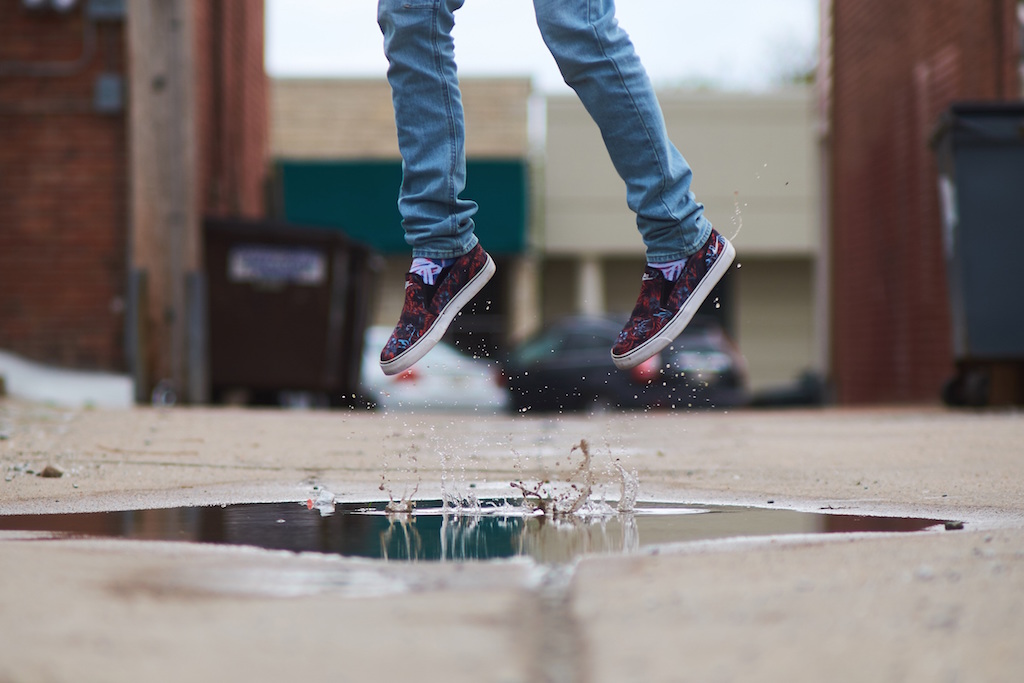In a couple weeks we’ll be launching a program that is more near and dear to my heart than anything we’ve ever done – BUILD: Functional Fitness for Cancer Survivors. The program is designed to bring the social, physical, and emotional benefits of functional training to people achieving their survivorship goals.
What is “Functional Fitness”? For some, this term elicits many responses: fear, barbells, the CrossFit Games, and “I could never do that”. It’s that last one that’s tough.
At its core, Functional Fitness serves to improve daily life; to keep you independent and in the home for as long as possible. Chances are, you do these movements everyday. Here are just a few examples:
Dead Lift – Picking something up off the floor. In the gym you can do this with a barbell, a ball, a kettle bell, a bag – you name it. At home, these are your groceries, moving a couch, and pulling clothes out of the dryer.
Squatting – Simply put, this is getting in and out of a chair or off the toilet. How many times a day do you squat? Probably between 50-100. Those same muscles will get stronger to make you more efficient and have less lower body joint pain.
Multi-joint Movement – Functional fitness engages more than one muscle group at a time. Isn’t that the way that we live our day to day life? More muscle also means a higher metabolism and more energy overall!
Overhead pressing – When placing your glasses on a higher shelf, hanging clothes on the top rack or reaching up in bed to turn off the light, you use your shoulders. Having a good strong reach will make all of these easier! In the gym, you can do this with a barbell, dumbbells, or even a broomstick.
Core Strength – these are the muscles that hold your body up from the center even in sitting position. These muscle are the foundation to your body and support your spine. A stronger core means better function, more energy and less injuries.
Interested in learning more about BUILD?

